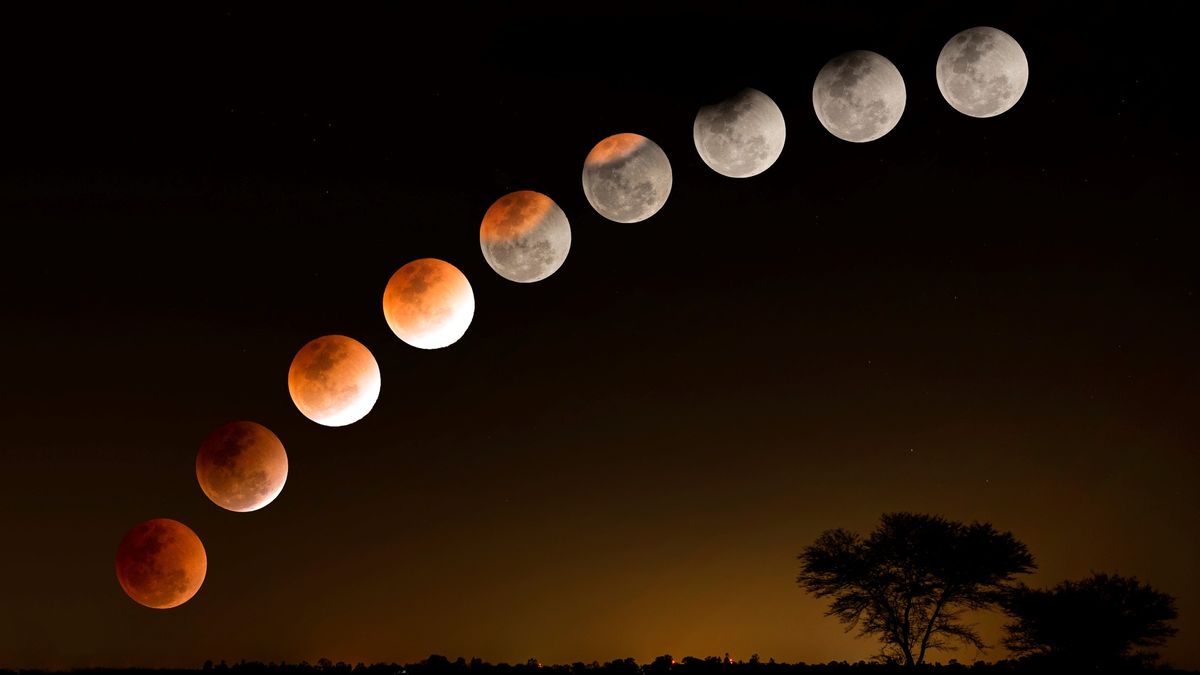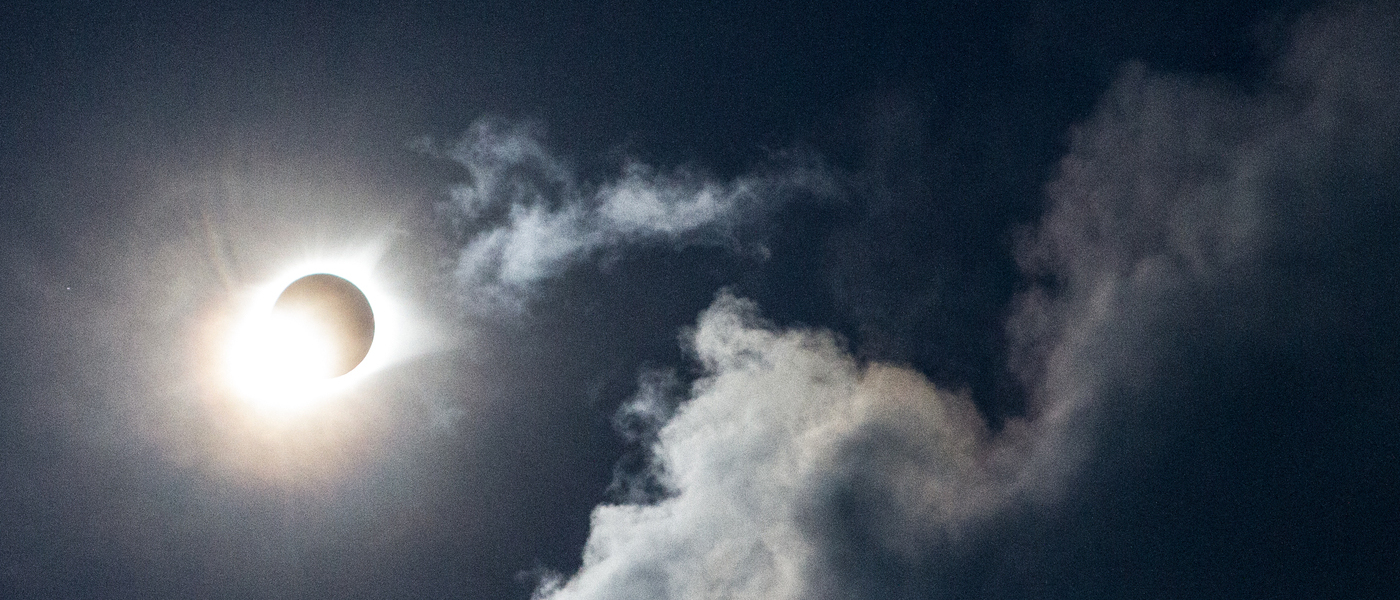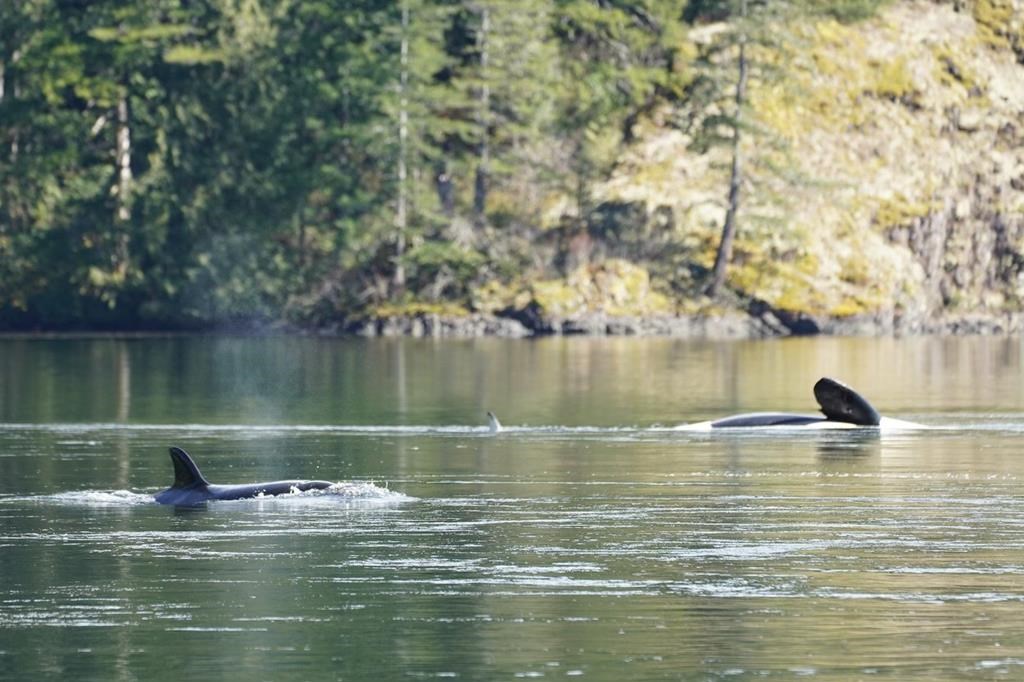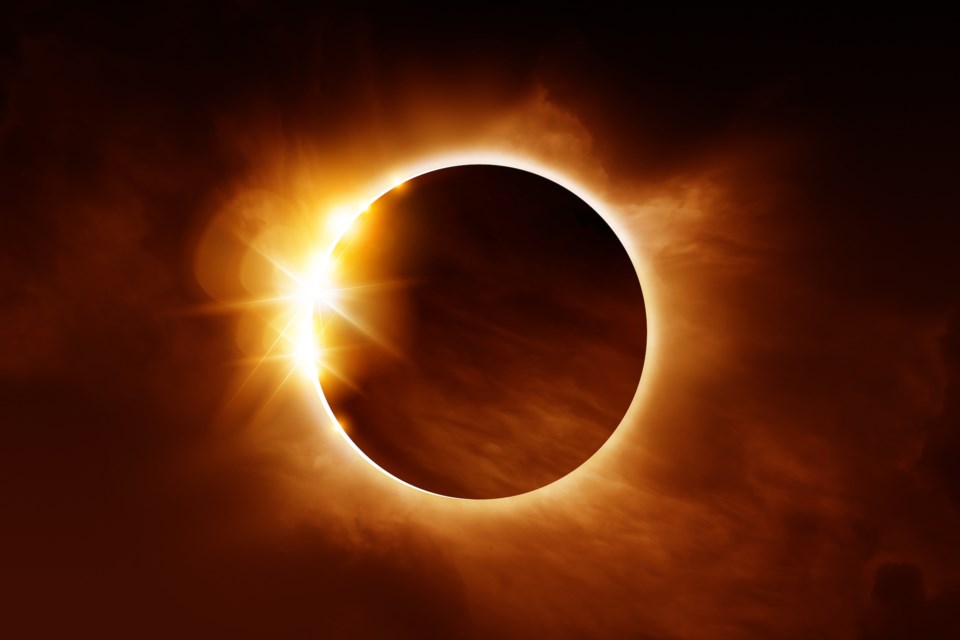Science
CLIMATE: India, France, UAE To Work On Climate Change, Biodiversity COP28
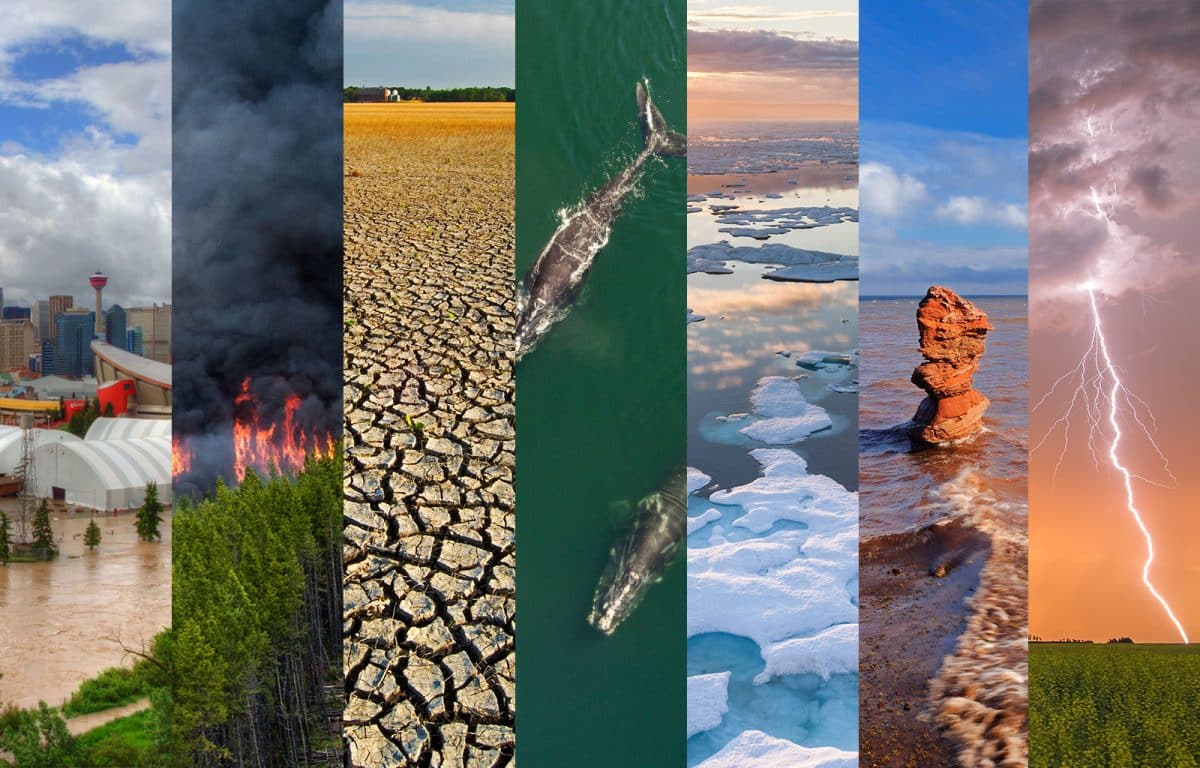
NEW DELHI, India — On Saturday, India, France, and the United Arab Emirates signed a trilateral agreement to pursue energy projects focusing on solar and nuclear sources, combat climate change, and protect biodiversity, particularly in the Indian Ocean region.
The countries will hold trilateral events in conjunction with India’s presidency of the Group of 20 rich and developing countries and the UAE’s hosting of the COP28 climate negotiations this year, according to a statement from India’s External Affairs Ministry.
Climate Change Affects Us All
During a phone call, the three countries’ foreign ministers agreed to make a plan for carrying out the initiative. The call followed their September meeting at the United Nations General Assembly on the New York sidelines.
They will deepen their collaboration climate through initiatives such as the UAE-led Mangrove Alliance for Climate and the India-France-led Indo-Pacific Parks Partnership. According to the statement, the three countries agreed to focus on key issues such as single-use plastic pollution, desertification, and food security in the International Year of Millets.
They agreed to look into collaborating with the Indian Ocean Rim Association on projects involving clean energy, the environment, and biodiversity.
We Can Do More To Protect The Climate
The association is a regional forum that brings together government, business, and climate academic representatives from South Africa, India, Mauritius, Australia, Indonesia, Sri Lanka, Malaysia, Tanzania, and other countries.
According to the statement, they will work to make sure that their economic, technological, and social policies are more in line with the goals of the 2015 Paris Agreement to fight climate change and speed up the actions and investments needed for a low-carbon, sustainable future.
SOURCE – (AP)
Science
How To Tell If You Have Eye Damage After Viewing The Eclipse

Eye balls bugging you after watching the eclispe? The solar eclipse passed over Mexico, the United States, and Canada on Monday, providing a heavenly show. However, in the aftermath, some people may experience eye irritation instead of astonishment.
You may be wondering if your eclipse glasses were bogus. Perhaps you neglected to put them back on as the day’s first rays arrived after totality. Or you spotted your child, friend, or family member looking up at the sun without wearing glasses.
How To Tell If You Have Eye Damage After Viewing The Eclipse
Solar retinopathy, or retinal damage brought on by solar radiation, can result from looking at the sun without using appropriate eye protection, such as certified eclipse glasses or solar viewers. While the highly specialized cells inside our eyes do not experience pain, staring at the sun causes inflammation and damage to the rods, cones, and photochemical reactors, according to Ronald Benner, an optometrist and president of the American Optometric Association.
During the 2017 total solar eclipse, a young woman was diagnosed with solar retinopathy in both eyes after viewing it with eclipse glasses that physicians said were not up to safety standards.
There is no cure for solar retinopathy. It may improve or worsen, but it is a permanent condition.
After-eclipse eye injury symptoms
Symptoms of eye injury from viewing the eclipse without proper protection can take hours or days to appear. They include loss of central vision, changes in color vision, and distorted vision.
How To Tell If You Have Eye Damage After Viewing The Eclipse
“Eclipse damage is unlikely to produce pain or discomfort in your eyes because the retina lacks pain nerves. Instead, visual symptoms might appear within 4-6 hours. However, some people may experience symptoms after 12 hours,” emailed Michelle Andreoli, eye ophthalmologist and clinical representative for the American Academy of Ophthalmology.
Doctors advise that if you detect any signs or are experiencing eye discomfort, schedule an appointment with a health care provider or an eye care specialist right away.
“For most people, it’s an alteration of color vision,” he stated. “The next morning, the colors don’t appear right, or they’ve been bleached out or fuzzy all the time. Others may have genuine holes in their vision.
According to Benner, damage to the center of someone’s eyesight can impair their ability to read or recognize faces.
It is comparable to the effect a camera flash has on our eyes, which can distort it for a few minutes before going away. However, the severity of solar retinopathy causes lifelong damage that is not immediately noticeable. Overnight, the cells can perish and will not be replaced.
How To Tell If You Have Eye Damage After Viewing The Eclipse
The injury sustained determines the alterations in a person’s vision, which can occur in one or both eyes.
“The retina is an extension of the brain, so it’s actually neurological tissue, and when you damage that, it doesn’t always come back,” he said. “If you harm one cell, it may never be the same. However, if you damage a group of cells, you will experience blotchy vision, similar to having someone rub oil on your windshield. If you only cause little damage to them and do not kill them, their color vision will be affected. What can you do about this? Nothing else than preventing it.”
Benner also recommends that parents discuss with their children the signs of pain if they watched the eclipse together, especially if they are concerned that their children may have removed or glanced around the eclipse glasses. Children may find it difficult to explain their experiences, such as not being able to properly see
SOURCE – (CNN)
Science
Rescuers Are Working To Save An Orphaned Orca Calf Stranded In A Remote British Columbia Lagoon
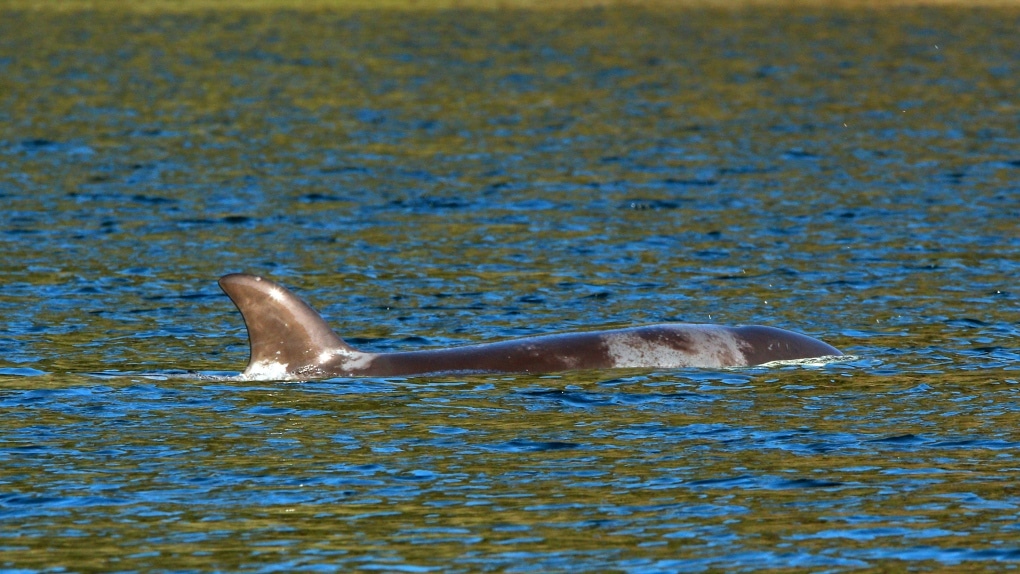
Rescuers are working to save an orca calf stranded in a remote lagoon on Vancouver Island, off Canada’s west coast, for nearly two weeks.
The calf became stranded in the Zeballos lagoon after its mother became trapped on a sandbar in the lagoon’s shallow waters and died on March 23. The mother was pregnant when she died.
Officials have been monitoring the calf regularly and are developing the best plan to move it and reconnect it with its family pod.
Rescuers are working to save an orca calf stranded in a remote lagoon on Vancouver Island, off Canada’s west coast, for nearly two weeks.
The calf became stranded in the Zeballos lagoon after its mother became trapped on a sandbar in the lagoon’s shallow waters and died on March 23. The mother was pregnant when she died.
Officials have been monitoring the calf regularly and are developing the best plan to move it and reconnect it with its family pod.
“We realized that time is not on our side, so we are now working on logistics of a rescue operation,” Fisheries and Oceans Canada’s Paul Cottrell said on Thursday.
Cottrell added that staff had tried various methods to convince the calf to leave the lagoon on its own, including “acoustic playbacks”—recordings of other orca whales. So far, nothing has worked.
Officials initially planned to carry the calf by helicopter but have switched to a truck and boat to prevent upsetting the animal. According to Ehattesaht First Nation Chief Simon John, they intend to entice the calf into an area where it can be loaded onto a vehicle, then drive the animal to a boat and place it in a net pod.
The orca, known as “Little Brave Hunter” or “Kʷiisaḥiʔis” in the Ehattesaht First Nation language, will remain in the net enclosure until its family dies. Then, John explained, it will hopefully be liberated and reunited with its family. The net pen is planned for Esperanza, southeast of Zeballos.
Officials expect to implement this approach within the next week. “It’s a huge effort, and we have a long way to go,” Cottrell stated. “We’re hoping for the best possible outcome.”
The orca family pod was last observed on March 30.
Bay Cetology, one of the companies coordinating the rescue, told CNN that the orca is “robust, showing no immediate signs of emaciation.” The group said attempts have been made to feed the calf, but it is unclear whether it has eaten anything.
“This whale’s skin has just started to slough in sizable patches along the top of the head and base of the dorsal fin on each side perhaps due to the freshwater runoff into the lagoon it is in,” according to the company.
Moving the orca calf “will require a lot of patience as well as cooperation from the whale,” according to Bay Cetology.
According to the National Oceanic and Atmospheric Administration (NOAA), orcas, commonly known as killer whales, are widespread across the world’s waters. They are very sociable and live in family pods of 20 or more whales. According to NOAA, calves normally stay with their moms for the first two years of their lives.
This is not the first time Canadian officials have devised a plan to rescue a solitary and trapped orca calf. In 2002, an orca calf named Springer was discovered alone in Puget Sound, prompting an elaborate capture and relocation effort. She is the first orca in history to successfully reintegrate into a wild population following human intervention.
“We realized that time is not on our side, so we are now working on logistics of a rescue operation,” Fisheries and Oceans Canada’s Paul Cottrell said on Thursday.
Cottrell added that staff had tried various methods to convince the calf to leave the lagoon on its own, including “acoustic playbacks”—recordings of other orca whales. So far, nothing has worked.
Rescuers are working to save an orca calf stranded in a remote lagoon on Vancouver Island, off Canada’s west coast, for nearly two weeks.
Officials initially planned to carry the calf by helicopter but have switched to a truck and boat to prevent upsetting the animal. According to Ehattesaht First Nation Chief Simon John, they intend to entice the calf into an area where it can be loaded onto a vehicle, then drive the animal to a boat and place it in a net pod.
The orca, known as “Little Brave Hunter” or “Kʷiisaḥiʔis” in the Ehattesaht First Nation language, will remain in the net enclosure until its family dies. Then, John explained, it will hopefully be liberated and reunited with its family. The net pen is planned for Esperanza, southeast of Zeballos.
Officials expect to implement this approach within the next week. “It’s a huge effort, and we have a long way to go,” Cottrell stated. “We’re hoping for the best possible outcome.”
The orca family pod was last observed on March 30.
Bay Cetology, one of the companies coordinating the rescue, told CNN that the orca is “robust, showing no immediate signs of emaciation.” The group said attempts have been made to feed the calf, but it is unclear whether it has eaten anything.
“This whale’s skin has just started to slough in sizable patches along the top of the head and base of the dorsal fin on each side perhaps due to the freshwater runoff into the lagoon it is in,” according to the company.
Moving the orca calf “will require a lot of patience as well as cooperation from the whale,” according to Bay Cetology.
Rescuers are working to save an orca calf stranded in a remote lagoon on Vancouver Island, off Canada’s west coast, for nearly two weeks.
According to the National Oceanic and Atmospheric Administration (NOAA), orcas, commonly known as killer whales, are widespread across the world’s waters. They are very sociable and live in family pods of 20 or more whales. According to NOAA, calves normally stay with their moms for the first two years of their lives.
This is not the first time Canadian officials have devised a plan to rescue a solitary and trapped orca calf. In 2002, an orca calf named Springer was discovered alone in Puget Sound, prompting an elaborate capture and relocation effort. She is the first orca in history to successfully reintegrate into a wild population following human intervention.
SOURCE – (CNN)
World
ECLIPSE: Wear Red And Green To Experience The Purkinje Effect During The Total Solar Eclipse
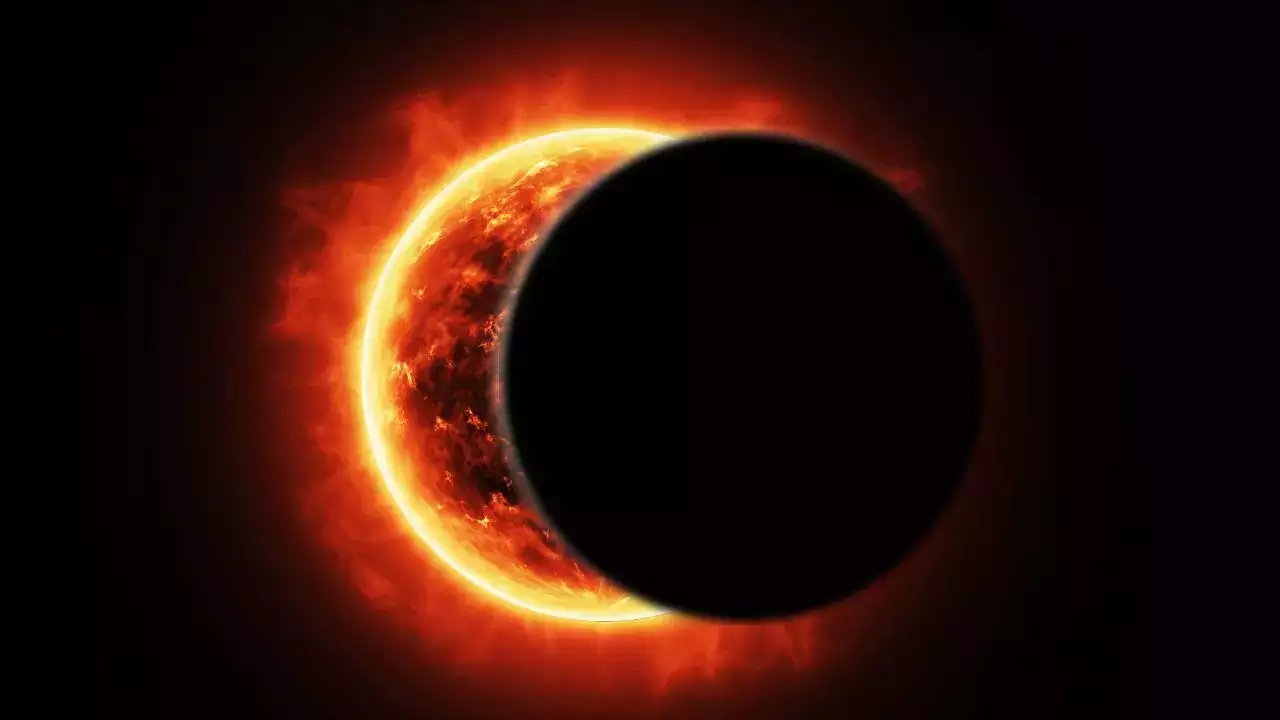
TOTAL SOLAR ECLIPSE: Over two centuries ago, biologist Jan Evangelista Purkyně observed that red blossoms seemed bright carmine during sunny days but changed to a deep, subdued hue at night.
The phenomenon, now known as the Purkinje effect, explains why colors vary depending on the light present. In low light, bright reds appear deeper, faded, and often practically black, while blues and greens become more vibrant — and a total solar eclipse is an excellent occasion to witness this transformation.
Wear Red And Green To Experience The Purkinje Effect During The Total Solar Eclipse
Typically, the Purkinje effect occurs gradually as day gives way to night. The eyes, which have two types of light-sensitive receptors, begin to switch from using cone cells, which tell the brain what color is seen in bright light, to relying on rod cells, which take over in low light and typically only pick up blue-green wavelengths well, according to Will Snyder, manager of the Saint Louis Science Center’s James S. McDonnell Planetarium in Missouri.
On August 21, 2017, the sun’s corona was seen as the moon passed in front of it during a complete solar eclipse at Big Summit Prairie ranch in Oregon’s Ochoco National Forest near Mitchell.
During the complete solar eclipse that will span Mexico, the United States, and Canada on April 8, the moon will gradually block the sun’s face, reducing the quantity of light available to the eye. Therefore, color perception will be similar to what it is during twilight.
“What we are witnessing with the Purkinje effect is not real. “It’s just how our eyes and brains interpret light,” Snyder explained. As we get into the totality of the darkening of the sky, our eyes don’t have time to keep up with those changes, so one of the consequences is that things that are red tend to look much more muted (in comparison with) things that are blue or green in color.”
According to the University of Texas at Austin, during the eclipse’s twilight conditions, the eyes’ cones and rods will begin to work simultaneously due to the rapid transition from light to dark, rather than the usual handoff of cones to rods, which can take 30 to 45 minutes. Snyder stated that the cones cannot fully pick up colors in low light situations, whereas the rods will catch up on blues and greens, making those hues more immediately discernible than other colors.
Wear Red And Green To Experience The Purkinje Effect During The Total Solar Eclipse
This period of adjustment in which both cones and rods are active is known as mesopic vision. The shift will be most evident a few minutes before totality, when the moon appears to totally hide the sun. According to the Saint Louis Science Center, mesopic vision gives the surroundings a gray or “sepia tone” appearance.
According to Dr. Grady Rylander III, a licensed ophthalmologist and professor in the Department of Biomedical Engineering at the University of Texas at Austin, people who are not in the path of totality may still perceive the effect depending on the degree of darkness they encounter. According to The Planetary Society, a partial eclipse that obscures more than half of the sun will cause daylight to decrease.
To see the Purkinje effect, people must remove their eclipse glasses, but only when looking at their surroundings, according to Rylander. “If you look directly at the sun, you must wear eclipse glasses or risk permanently damaging your retina. … “The Purkinje effect is visible if you look at objects around you during occlusion rather than the sun,” Rylander wrote in an email.
Snyder recommends wearing red and green while witnessing the solar event to accentuate the shifts in color saturation.
However, Snyder believes the difference will be more obvious because the change from daylight to less intense evening light occurs very quickly during an eclipse.
Wear Red And Green To Experience The Purkinje Effect During The Total Solar Eclipse
“It’s April, but if people have like a Christmas shirt with red and green stripes or something, those can be really interesting to look at, having those two colors side by side and just seeing how they appear to change to our eyes,” Snyder went on to say.
He pointed out that since the phenomena are a result of how human eyes interpret light, they are impossible to capture on camera.
“What makes (total solar eclipses) exciting is the relative rarity and all the cool phenomena that’s associated with it,” Snyder said in a statement. “You can just add this effect to that whole list of reasons why eclipses are cool.”
SOURCE – (CNN)
-
Business5 months ago
Google Will Start Deleting ‘Inactive’ Accounts In December. Here’s What You Need To Know
-
Entertainment5 months ago
Merriam-Webster’s 2023 Word Of The Year Is ‘Authentic’
-
Sports5 months ago
Panthers Fire Frank Reich In His First Season With Team Off To NFL-Worst 1-10 Record
-
Celebrity5 months ago
Elon Musk Visits Destroyed Kibbutz and Meets Netanyahu in Wake of Antisemitic Post
-
Celebrity5 months ago
Shane MacGowan, Lead Singer Of The Pogues And A Laureate Of Booze And Beauty, Dies At Age 65
-
Entertainment5 months ago
Robert Downey Jr. Won’t Be Returning To The Marvel Cinematic Universe As Tony Stark



